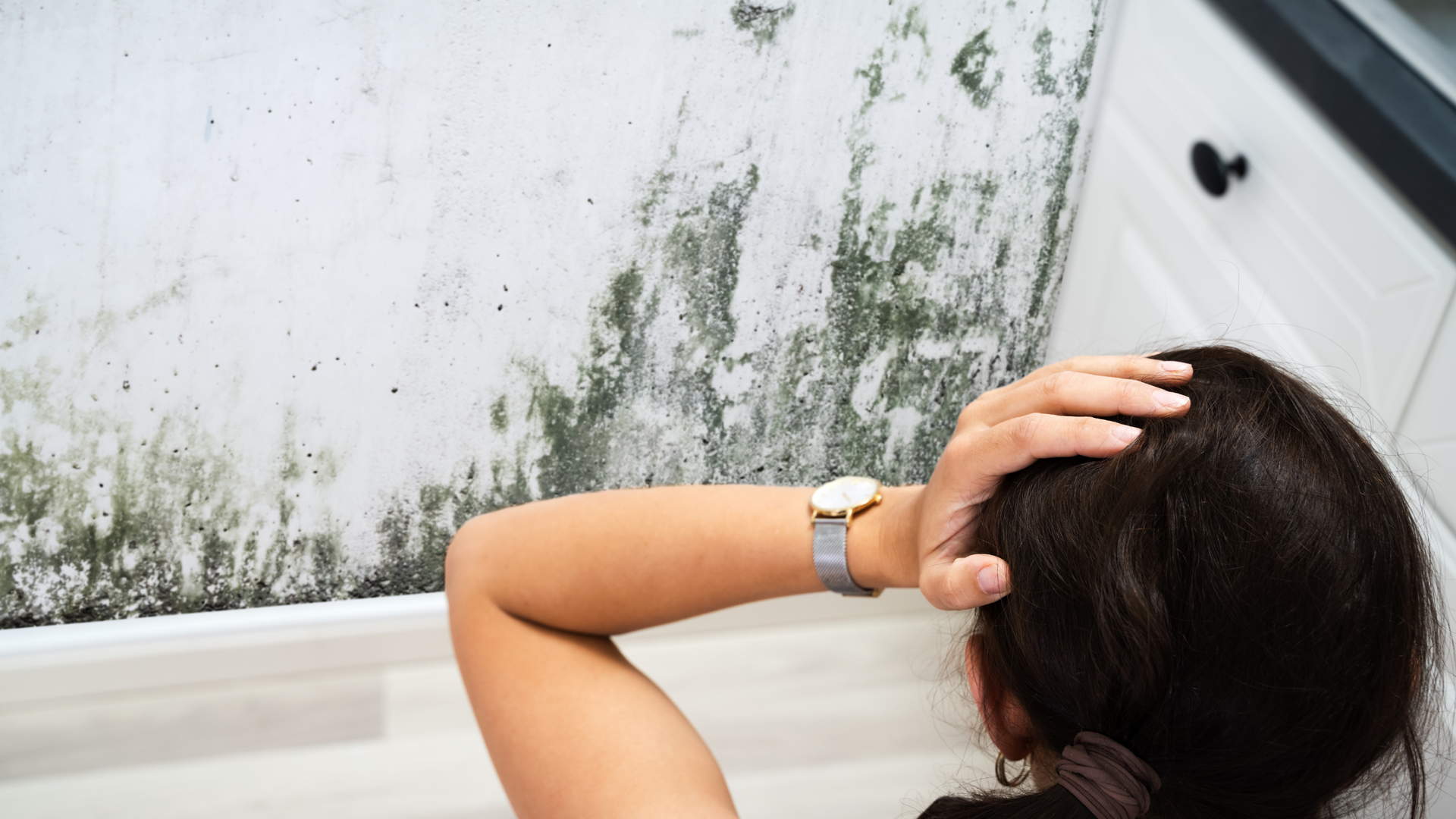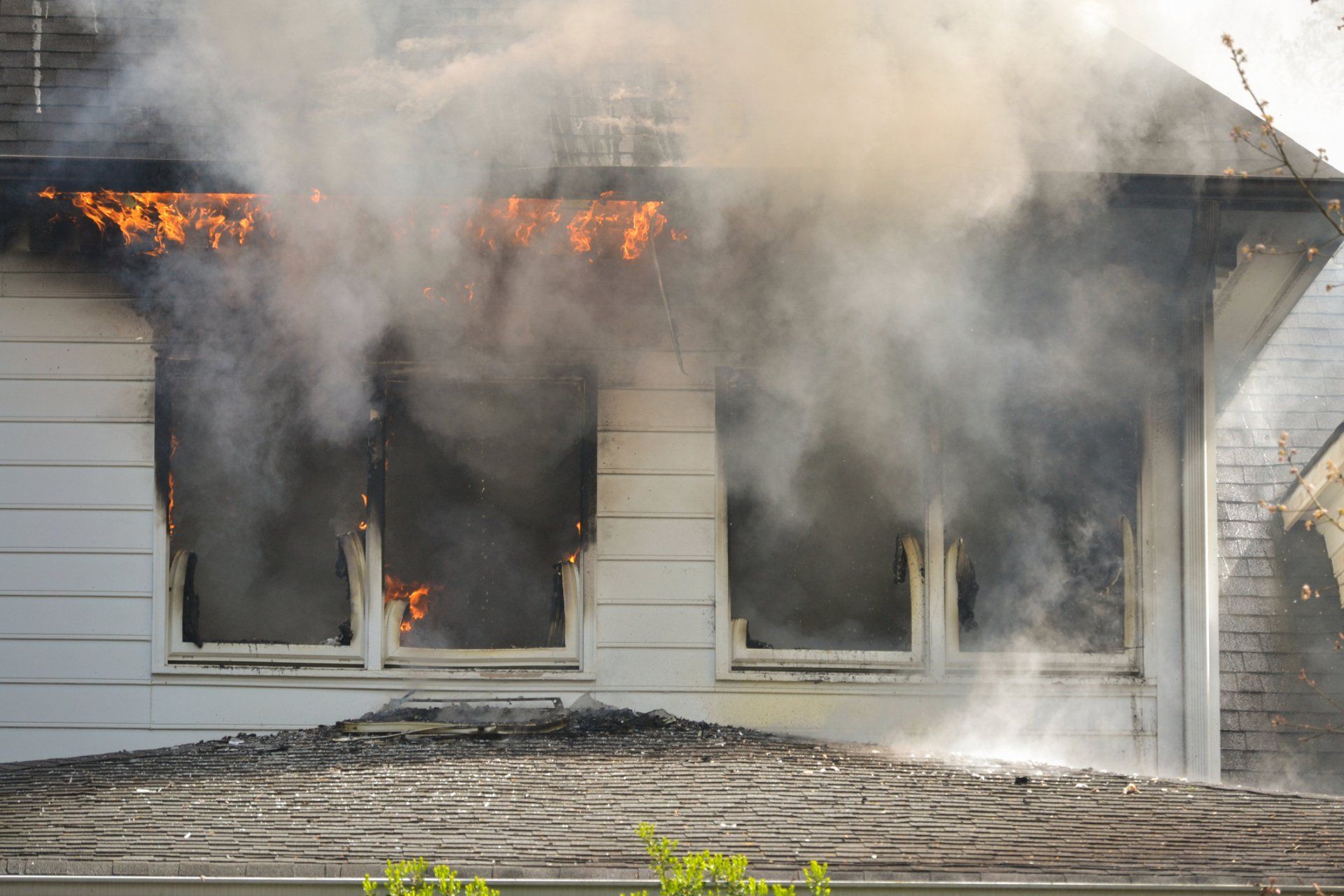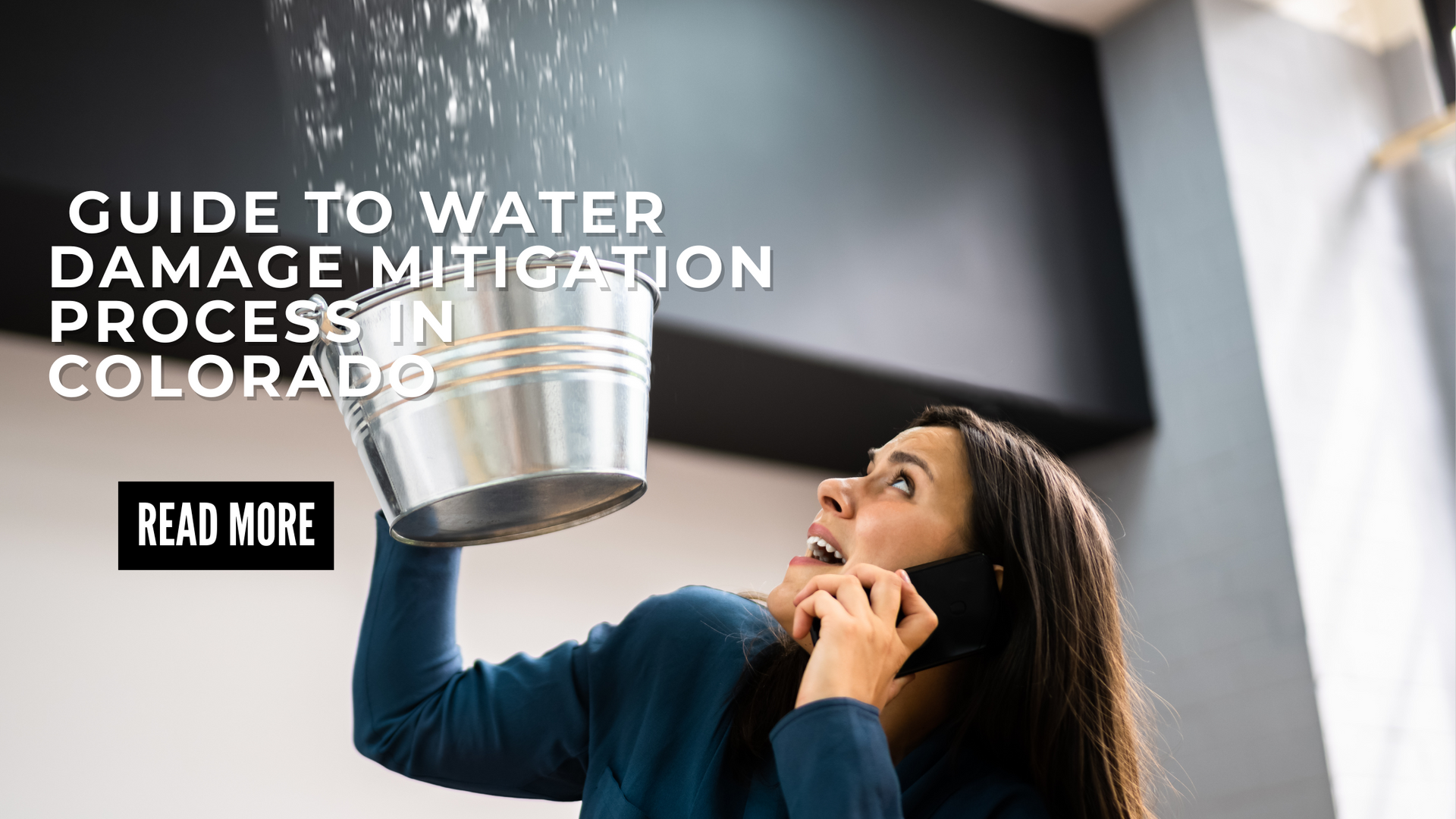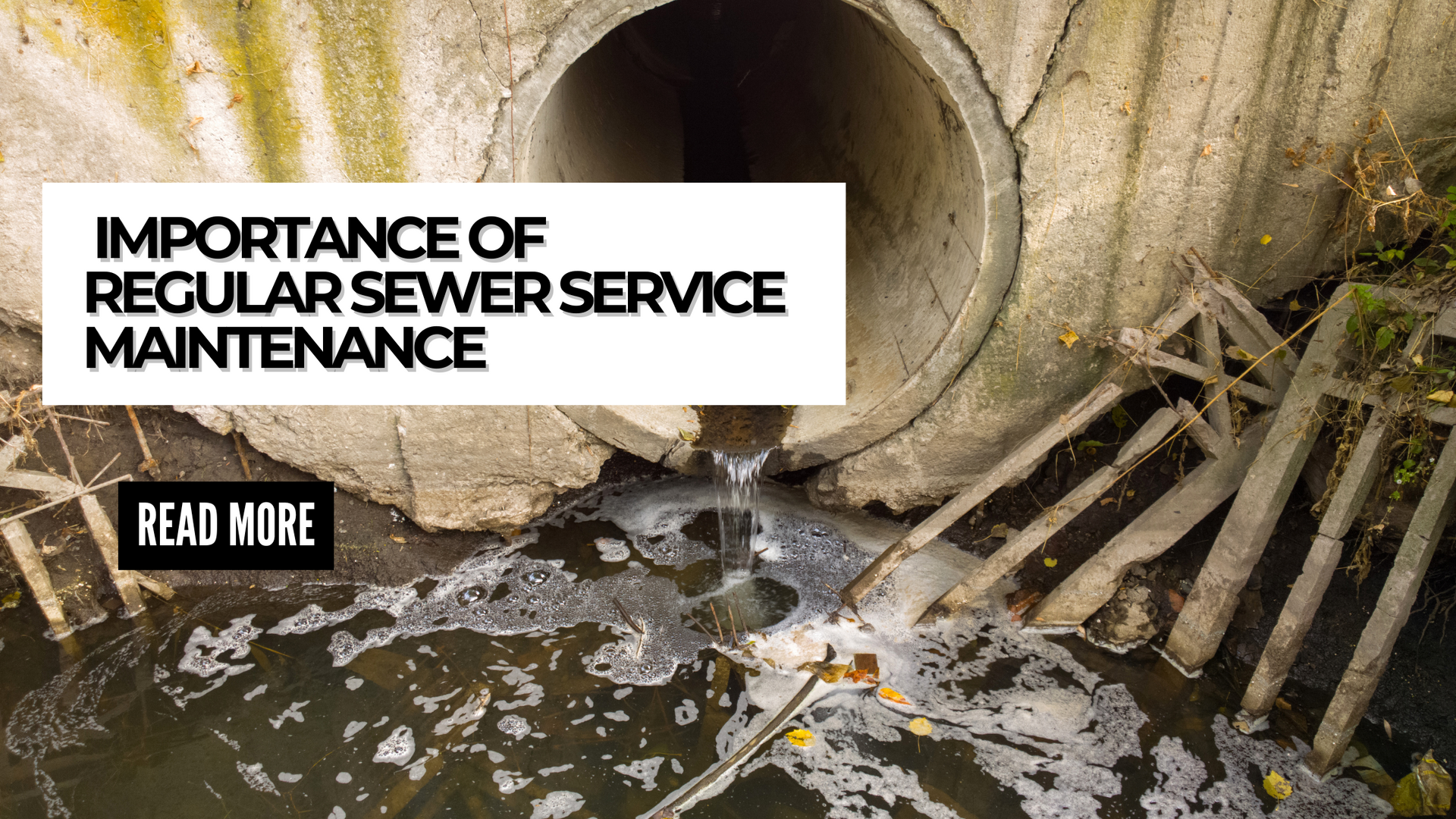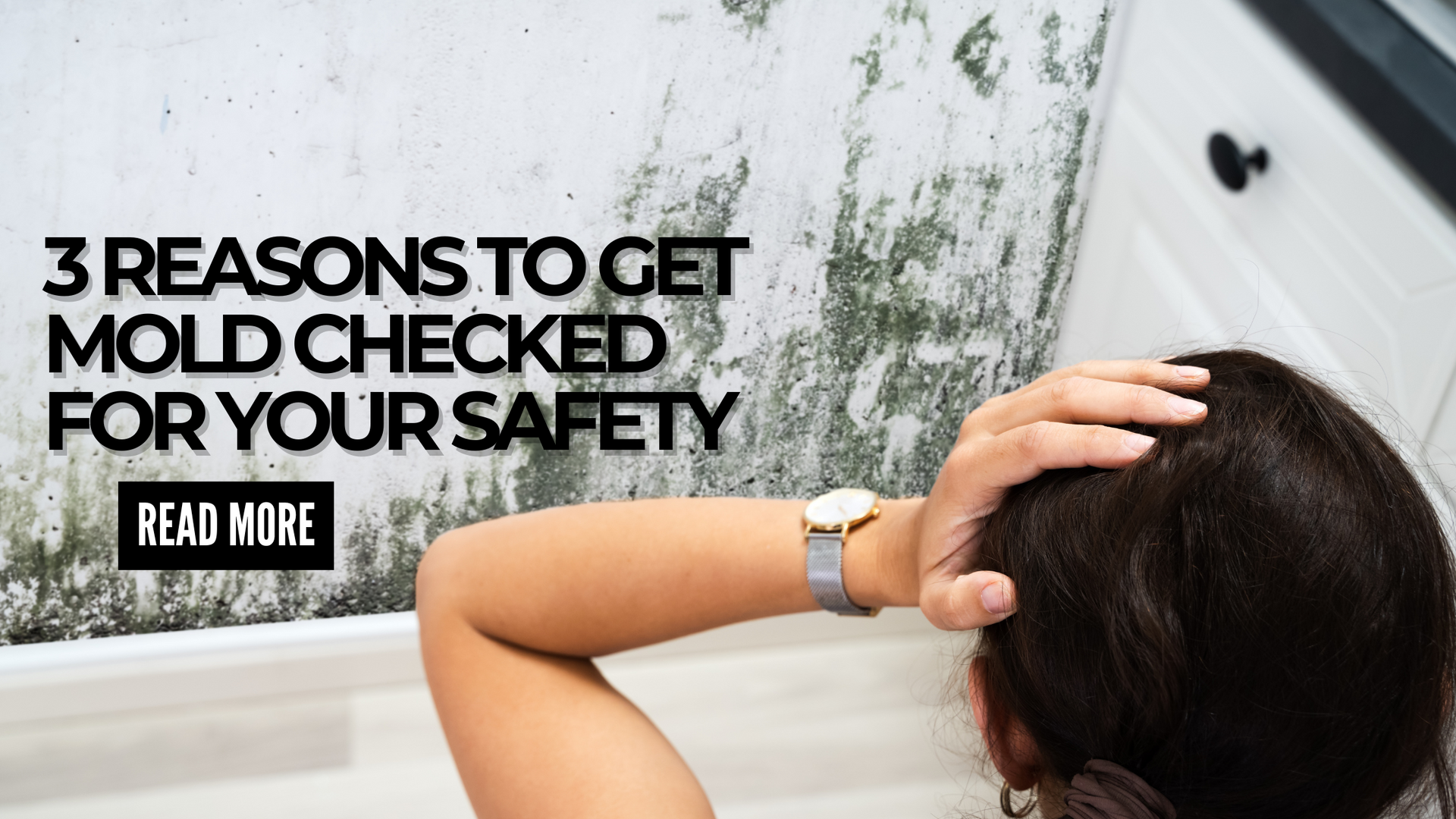Why Fire Damage is Common in Denver Homes
Denver, known for its unpredictable weather, faces multiple risks that can lead to
fire damage, from lightning strikes and electrical failures to wildfires. In addition, older homes in the area may have outdated electrical wiring or plumbing, which can increase the risk of fires.
Understanding how fire damage works is essential for knowing what can be salvaged:
- Extreme Weather:
Dry summers, lightning strikes, and occasional wildfires contribute to fire risks.
- Older Homes: Many older homes in Denver have older wiring and materials that may be more prone to catching fire.
- Electrical Failures: Faulty electrical systems or improperly maintained appliances can spark fires in any home.
The First Signs of What Can Be Saved and What Can’t
After a fire, it’s vital to determine what belongings can be salvaged. While many non-porous items can often be restored, porous materials that have absorbed smoke or soot may need to be discarded. Below are some of the key items that can often be saved and others that should be replaced.
What Can Be Saved After a Fire in Denver
1. Non-Porous Items
Items like glass, metal, and some plastics typically do not absorb smoke and soot as easily and can often be cleaned and restored with proper treatment.
- Glassware and Mirrors: These items can often be restored with cleaning and polishing.
- Metal Items: Metals like stainless steel and silver can be cleaned and deodorized.
- Hard Plastics: Plastic toys, furniture, or household tools can often be cleaned thoroughly.
At Property Doctors, we use specialized cleaning methods like ultrasonic cleaning and ozone treatment to restore select personal items and keepsakes.
2. Electronics
If your electronics (like TVs, computers, or phones) have been exposed to smoke but haven’t been damaged by direct flame or water, they may be salvageable. However, always have electronics professionally inspected before using them again. Property Doctors can help connect you to experts who can safely inspect and restore your devices.
3. Important Documents and Keepsakes
Documents, photographs, and other keepsakes often have sentimental value and can sometimes be restored after fire exposure.
- Documents:
Certain documents can be restored through freeze-drying or ozone treatment.
- Photographs:
Often, photographs can be digitally scanned and cleaned.
- Jewelry or Heirlooms:
These can be cleaned and restored through advanced methods like ultrasonic cleaning.
4. Furniture
Depending on the severity of the fire, non-porous furniture (such as metal or glass furniture) can often be salvaged. Wooden furniture that has been exposed to smoke but not direct flames may also be cleaned and restored.
What Can’t Be Saved After a Fire in Denver
While many items can be restored, some may be beyond saving due to smoke, soot, or water damage.
1. Upholstered Furniture and Mattresses
Upholstered furniture and mattresses often absorb smoke and soot deeply, making it nearly impossible to fully clean or deodorize. Even if cleaning is possible, the lingering smell of smoke can make it uncomfortable or unsafe to use.
2. Clothing and Fabrics
Clothing and fabrics like curtains, bedding, and rugs often absorb smoke and odors that cannot be removed through traditional cleaning methods. If these items are exposed to high heat, they can also suffer from permanent damage to the fabric, rendering them unsalvageable.
3. Food and Kitchen Items
Food items exposed to fire or smoke should not be consumed. Even if items seem unaffected, the chemicals and toxins released by the fire could contaminate them, making them unsafe to eat. Kitchen appliances that have been exposed to smoke or flame should also be inspected or replaced for safety.
What to Do After Identifying the Damage
If you’ve identified any of the above signs of fire damage, it’s time to take the next steps for restoration. Here’s what you should do:
1. Call a Professional Restoration Company
Handling fire damage on your own can be dangerous and ineffective. Property Doctors specializes in fire damage restoration, and our team can assess the damage, determine what can be salvaged, and begin the restoration process quickly to minimize further damage.
2. Document the Damage
Before cleaning or discarding anything, document the damage for insurance purposes. Take detailed photos of any damaged belongings, smoke damage, and water damage caused by firefighting efforts.
3. Prevent Further Damage
Once the fire is out, water and smoke can continue to damage your property. Property Doctors can help with board-up services to secure your property and prevent additional exposure to the elements.
How Property Doctors Can Help with Fire Damage Restoration in Denver
At Property Doctors, we offer comprehensive fire damage restoration services to help Denver homeowners restore their property to its original condition. Our team specializes in:
- Water Extraction and Drying:
After the fire, we remove excess moisture from firefighting efforts to prevent further damage.
- Smoke and Soot Removal: Our experts remove soot, smoke stains, and odors from walls, ceilings, and floors.
- Structural Repair: We repair any damage to the structure of your home, including walls, ceilings, and flooring.
- Mold Remediation: We ensure that mold doesn’t take hold in the aftermath of water damage caused by firefighting efforts.
Whether you’re dealing with the aftermath of a wildfire, a
kitchen fire,
or a faulty electrical system, Property Doctors is here to help. We’re available 24/7 to respond to emergencies and provide expert care.
Conclusion: Restoring What Matters Most with Property Doctors
Fire damage can be overwhelming, but Property Doctors is here to guide you through the
restoration process
with care, expertise, and professionalism. We work with you every step of the way to restore what matters most: your home and belongings.
If you’ve experienced fire damage in Denver or Cherry Hills Village, contact Property Doctors today at (888-456-0911) for expert fire damage restoration services.
